Class Hours: 9:40 – 2:05
Mr. Cronin
Notes
- Welcome to Week 19! Let’s all make our Week 19 folders on our Google Drive.
- I will be out tomorrow. We will go over the lesson plan today so there are no questions.
- No Agency this week. Our focus is DH 19 storyboarding our reef animation, rigging our fish, and our 3rd draft of our Pins.
- Due to the way the schedule falls, the work you present today is the FINAL work of the 2nd quarter and 1st semester. After what you turn in today the only other Q2 grade is your Week 19 T&E.
- All work we start this week will be due in the 3rd quarter, and part of semester 2.
- Any students take the Colchester bus? Need to be dismissed at 1:45 to catch your bus. This is all week.
- Any missing work from Quarter 2 must be turned in by Friday at 2pm or it is a zero forever!
- Any missing work from Quarter 2 must be turned in by Friday at 2pm or it is a zero forever!
- Any missing work from Quarter 2 must be turned in by Friday at 2pm or it is a zero forever!
- Any missing work from Quarter 2 must be turned in by Friday at 2pm or it is a zero forever!
9:40 Attendance and Article
9:45 AM Production

- Coral Reef Introduction
- “(lastName)ReefIntro.mp4”
- DH18: End of Unit Perspective Drawing
- “(lastName)DH18.jpg”
- Week 18 Agency
- “(lastName)Agency_1.jpg”
- “(lastName)Agency_2.jpg”
- “(lastName)Agency_3.jpg”
10:05 Blender
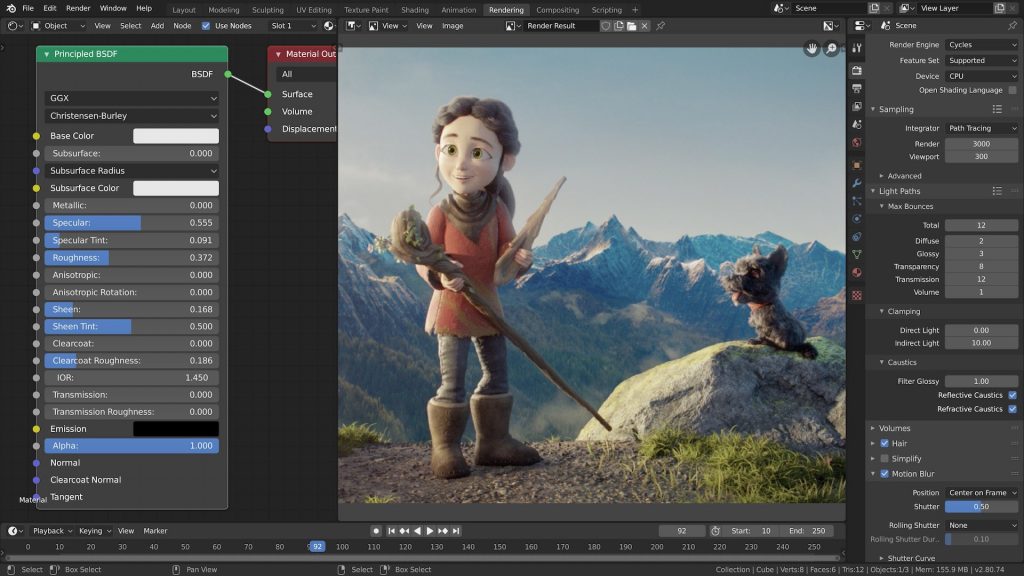
- Rigging review
- Weight painting / fixing issues that arise
- Low DOF
- Dutch Angle
10:35 Morning Break (10 minutes)

- 10 Minute break – you have to exit the room.
- When the door near the TV is open, you are welcome to come back in.
10:45 Critiques

Today Hayden will be giving Constructive Criticism. Pick 1 thing that works, and 1 thing to improve upon next time. Remember we are separating the Design from the Designer. We are looking for actionable input.
The second half of the class I will be grading on my own due to schedule constraints.
11:35 DH19: Storyboard / Story Arc for Coral Reef Animation
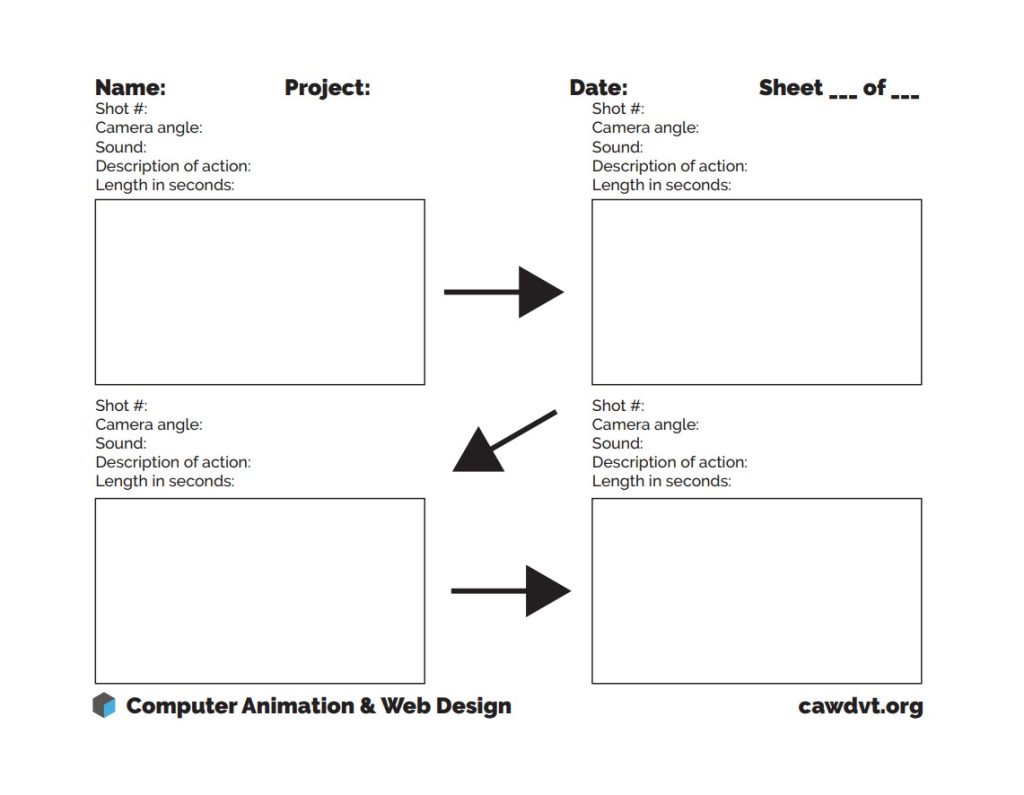

DH 19 will be our pre-production for our Coral Reef Animation.
Let’s review what we have so far:
- Fish (our characters). At this point you know roughly which fish you will use.
- Reef (or scene for the story to take place). You know the location you have to work with. Could you add and adjust, sure, but you have the basics.
What are we missing?
- A Story (we are focusing on this now)
- Renders / Animations
- Sound Design / Post Production
Today we will start by looking at gSample and Emma’s animations from last year and see if we can match their animations through a story arc lens – as in the Story Arc Infographic above. We are going to take each story and boil it down to a beginning, a middle, and an end. Rising action, climax, and falling action. There will be some overlap to these points of the arc and our stories – but as new animators I don’t want us to get bogged down in complexity.
You are going to come up with a 3 sentence story.
- A beginning / start to rising action – set the scene and the situation.
- A middle / climax – the situation happens / the main action.
- An end – / falling action / the resolution. Riding off into the sunset.
Make it super basic as an organizational piece. Make it fit. This is not saying there isn’t detail in there we won’t show (we will), but these are our waypoints to use to guide us. At a minimum these components must happen for the story to make sense.
Once you can get your Story into 3 parts, write them down on our Story sheet and tape into your sketchbook.
Next tape a minimum of 2 storyboard blanks into your sketchbook. You will need 8 cells at a minimum. I would take a couple extra.
You are welcome to draw then yourself if you wish, but I would rather you put your creative labors into the story and storyboard, not redesigning the tool we use.
Once your Story sheet and minimum of (2) Storyboard sheets are taped in your sketchbook (so they go with you, are mobile, yet secure) you will storyboard your animation. This storyboard will be a visual guide so that you will know your camera angles, your timing (how long the shot is), your blocking (who is where in the scene), and the action (what is happening), and the sound. In the real world at studios like Pixar Animation or Illumination all of this is decided before any digital production, and we are going to try to mimic this in CAWD.
You must use a minimum of 8 cells. These should be utilizing different camera angles that we talked about earlier in the year to engage and retain the interest of the viewer.
I realize that many of you in the room will go above and beyond 8 cells and that is totally ok. 8 is the minimum. This is why you may want to have an extra storyboard blank or 2 taped in your sketchbook.
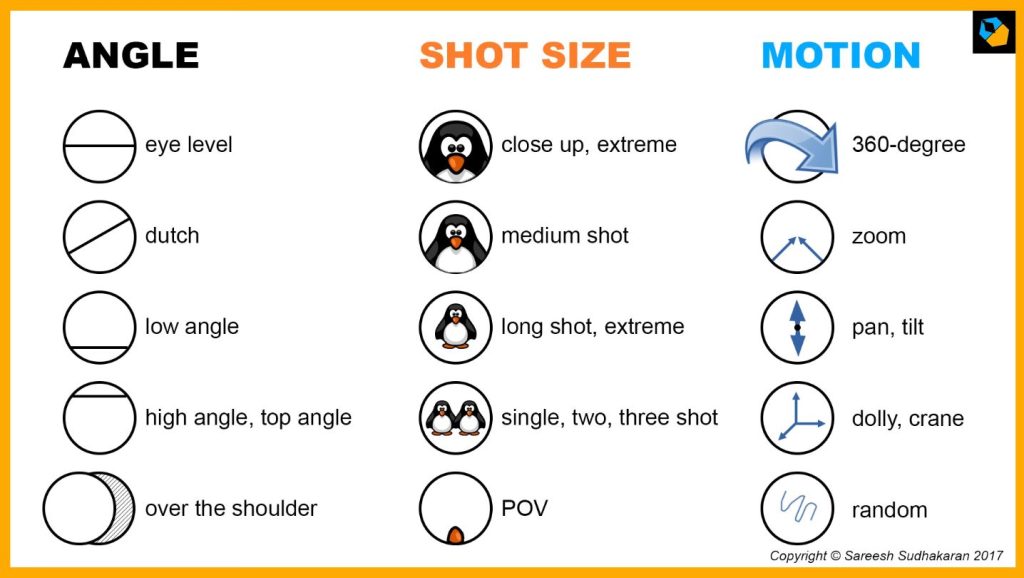
Think of how different angles / shots / motion can impact the feel of your work. Make the viewer feel they way YOU want them to.
A dutch angle can create a feeling of uneasiness, as seen in Jaws when the Chief first sees the shark:

A low depth of field shot can bring the focus to whatever element you as an animator want the focus to be on, such as Bo Peep in Toy Story 4.
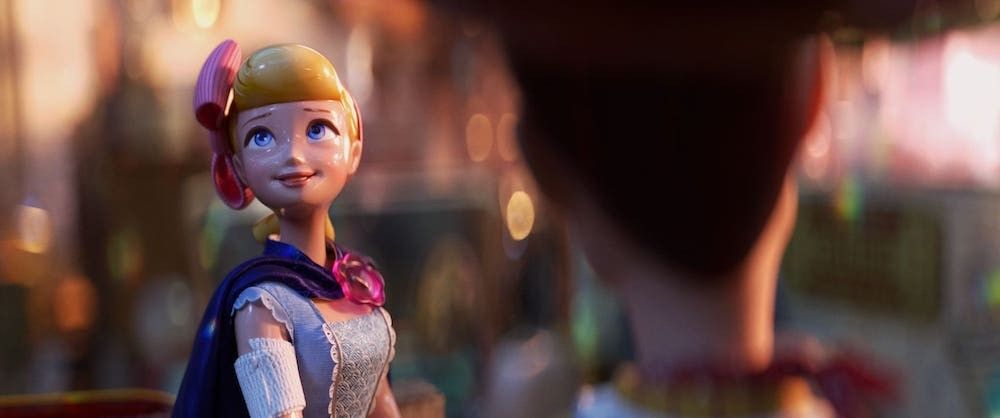
An establishing shot can introduce us to a location and time, such as in Harry Potter:

We have done all of these shots and more in CAWD, and I want you to start taking these industry standards and applying them to your work.
Turning this “DH” will be a little different. You will create a folder called “(lastName)DH19”. Inside this folder will go:
- Story sheet – “(lastName)ReefStory.jpg”
- Storyboard 1 “(lastName)ReefSB_1.jpg”
- Storyboard 2 “(lastName)ReefSB_2.jpg”
- Continue with additional storyboard sheets as needed.
At a minimum you will have 3 images inside your DH19 folder.
This is the first project of your 3rd quarter!
12:05 Wednesday Introduction
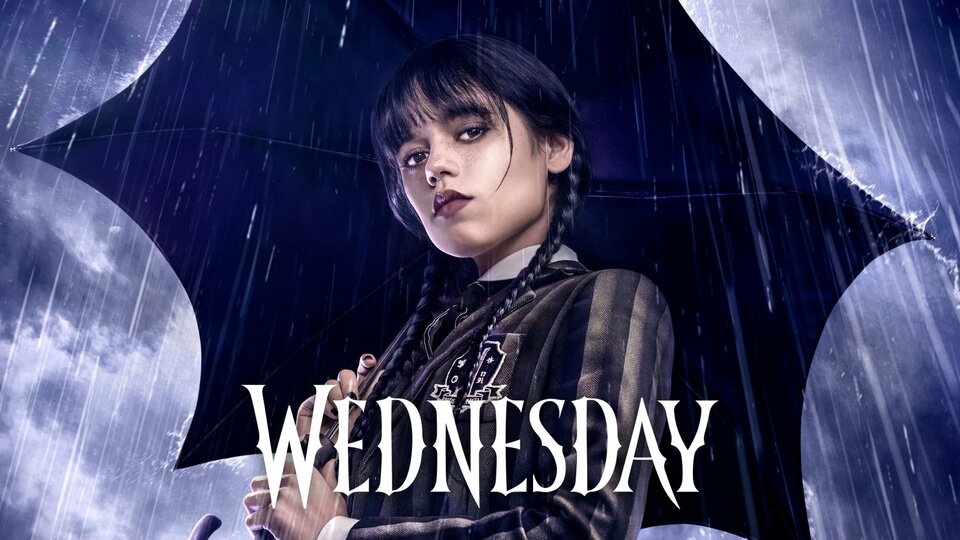
12:15 Lunch (30 Minutes)
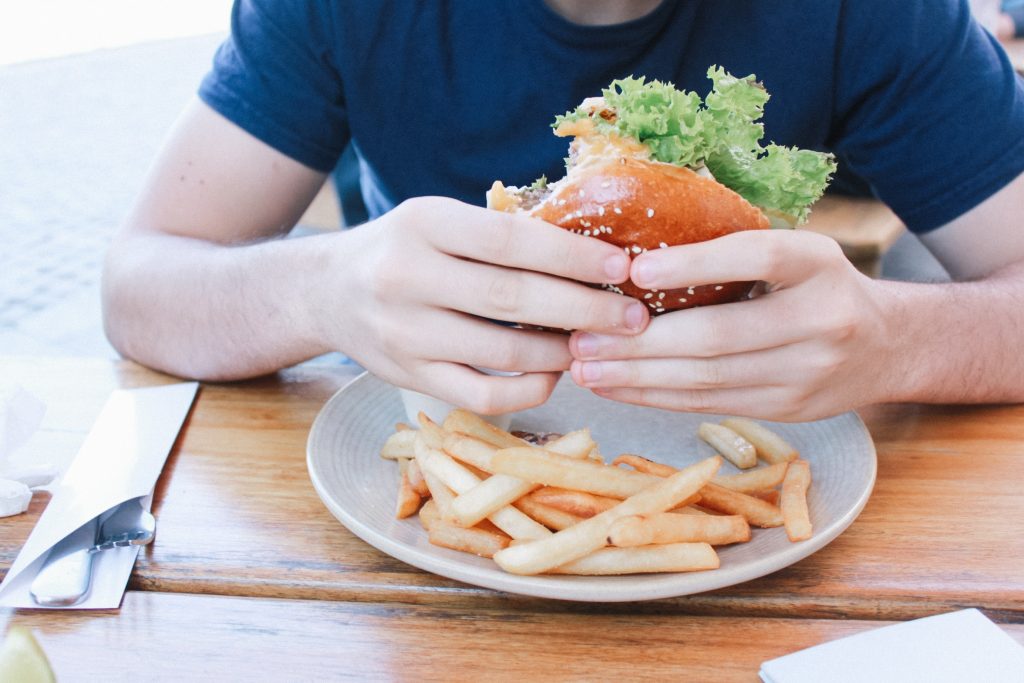
- No food in the room / eat in the Cafe.
- You are welcome to return to the room when you have finished eating and work / hang out.
12:45 Attendance and Article
12:50 A Gentleman in Moscow
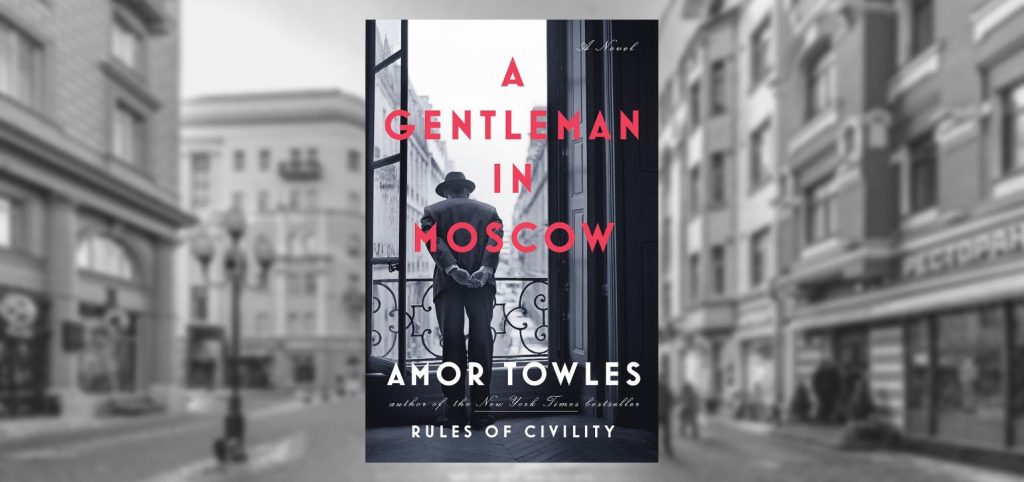
- Follow along as I read; lose yourself in a story for a bit.
- One of the strengths of this book are “beautifully rendered scenes“. You will be creating art based off of the text. Listen attentively.
1:10 Afternoon Break (10 minutes)

- 10 Minute break – you have to exit the room.
- When the door near the TV is open, you are welcome to come back in.
1:20 Afternoon Production

- DH19: Storyboard / Story Arc for Coral Reef Animation. Folder called “(lastName)DH19”. Inside this folder will go:
- Story sheet – “(lastName)ReefStory.jpg”
- Storyboard 1 “(lastName)ReefSB_1.jpg”
- Storyboard 2 “(lastName)ReefSB_2.jpg”
- Continue with additional storyboard sheets as needed.
No agency for Week 19.
Any missing work I need it by Friday EOD!
1:55 Dailies
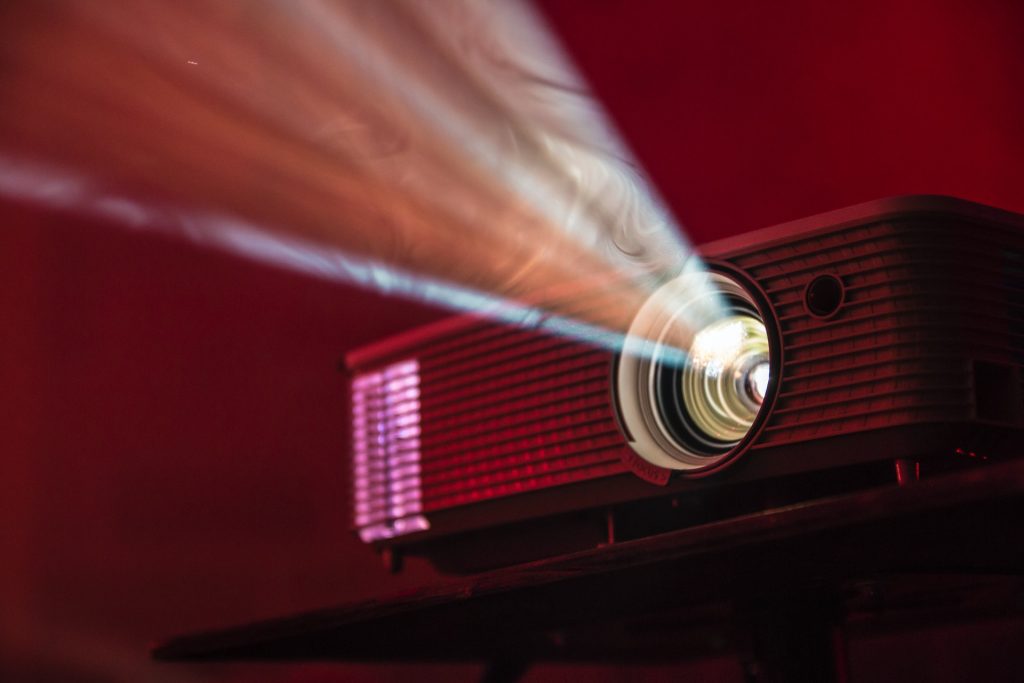
2:00 Dismissal
